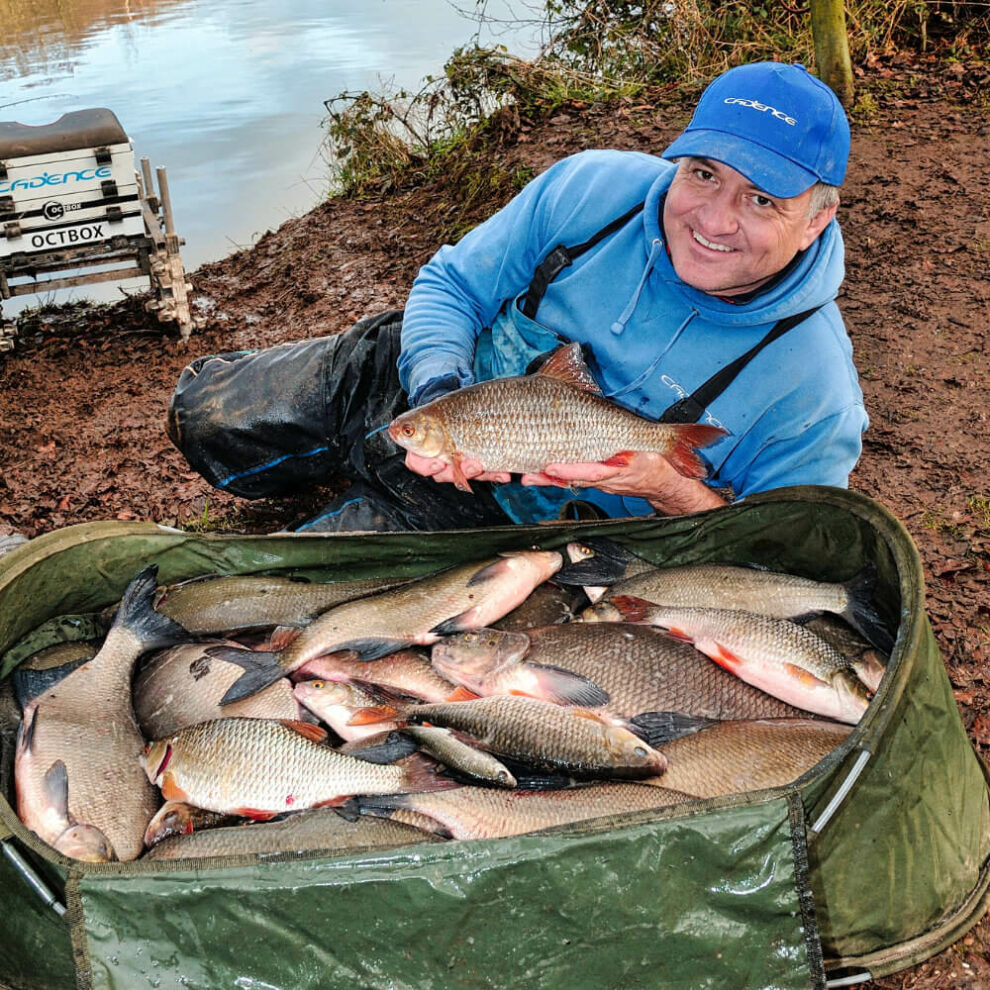I think that, at times, we’re all guilty of reaching for the pole over any other method, reasoning that the precision of feeding and delicacy of rig placement will get us more bites – and of course, that’s true.
However, the one area, and it is quite a big one, where the pole falls down is in the distance that you can fish at. If that’s past 16m, then realistically you need to be thinking about doing something else. The feeder? Maybe, but I’d be giving the waggler a run out.
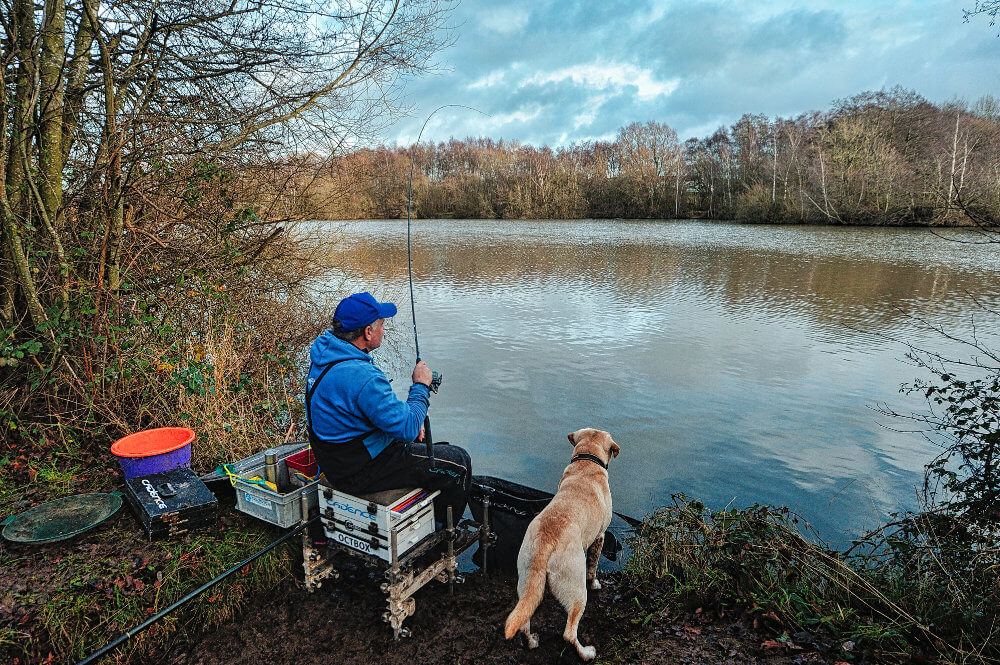
In clear water the fish, especially roach and bream, will back off way out into the lake. As I said, you could reach for the feeder, but a waggler is far stealthier, and creates little noise by comparison. It’s also a lovely way to fish, and what many of us used to do before the arrival of super-light long poles – all we had were float rods!
So, you’ve chosen the waggler and are faced with a lake offering a large expanse of open water. The next decision you need to make is how far out you’re planning to cast, and I’d say that this should be no more than 25m to allow you to fish and feed effectively.
Depending on the wind, it’s then a case of selecting your float, and these fall into two main categories – either an insert or a straight pattern. An insert is brilliant for when the weather is calm because it is so sensitive. When the wind blows, however, it’ll never present the bait properly and a thick straight peacock float with its added buoyancy becomes king. This will let me lay some line on the bottom and try to slow down any movement on the rig created by the wing.
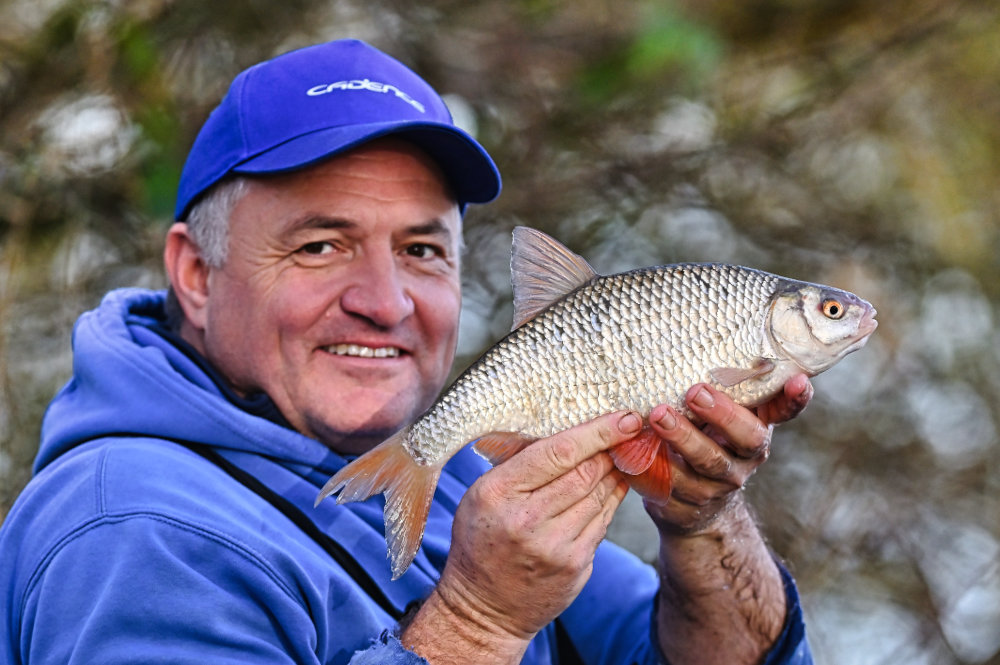
Depth also needs considering. Plainly, fishing in 3ft won’t see you catch much, but if the swim at 25m is 15ft deep, you’ll need to switch the waggler for a slider set-up. To my mind, 12ft is the maximum depth manageable using a fixed waggler and a 13ft rod, like the CR10 13ft Match.
To plumb up, I nip a BB shot on the hook and cast out to get a rough idea of the depth. I’m not bothered about getting the reading to the nearest centimetre, as chances are I’ll be fishing over depth anyway.
Feeding is taken care of with a few balls of groundbait (I like Dynamite Baits Silver X Naturals with a little Green Swim Stim added) via a catapult, from which point I’ll then loose feed casters over the top. This will be roughly eight to ten at a time, although if fishing turns out to be good, I won’t hesitate to up this to 30 or 40 casters.
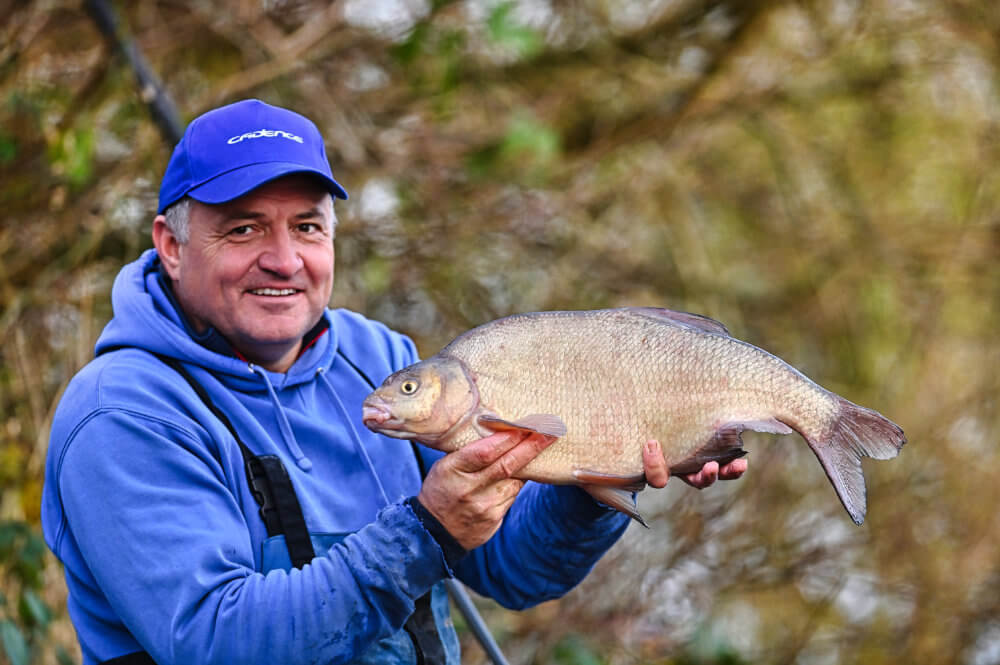
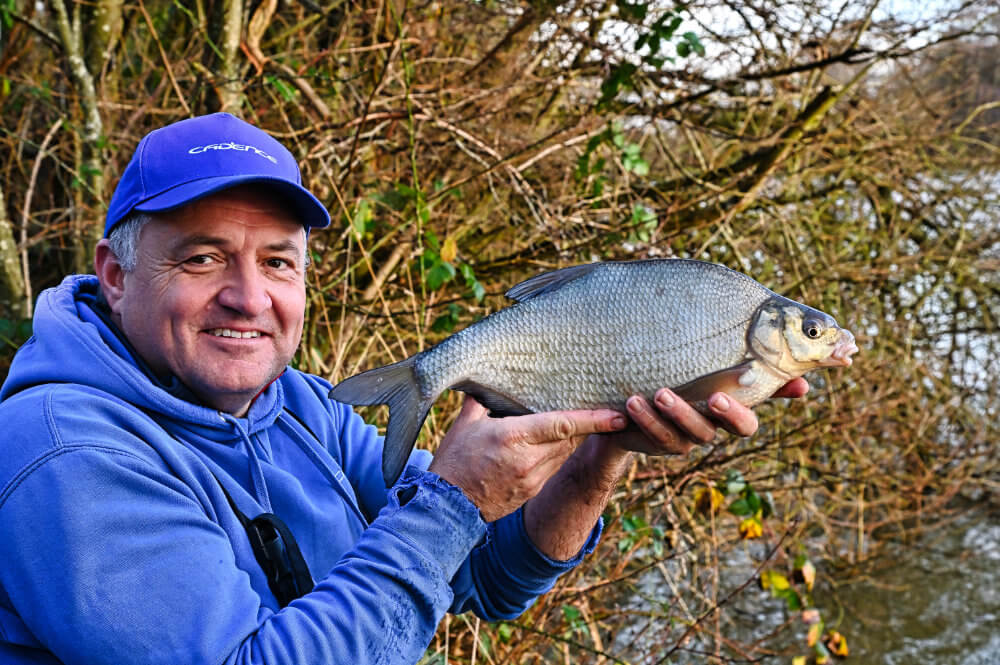
Don’t worry about trying to keep the feed tight – you won’t manage it! In fact, I like mine spread out a little for good reason. I’ll cast past the feed area using the clip on my reel, and then wind it back into the zone so that I can also sink the line. Sometimes, big roach can sit off the back of the feed, picking off the odd caster upon landing. So, I’m not concerned about having the float land in the same place every time.
The waggler is also a busy method, in that I won’t leave the float in the water for long – typically a few minutes before recasting and feeding again. Depth changes are also key, that depends on what you are catching. If that’s skimmers and the odd bream, going deeper to keep the bait still is best, whereas if roach are dominating, coming slightly off bottom and allowing the float to drift with any two can be deadly.
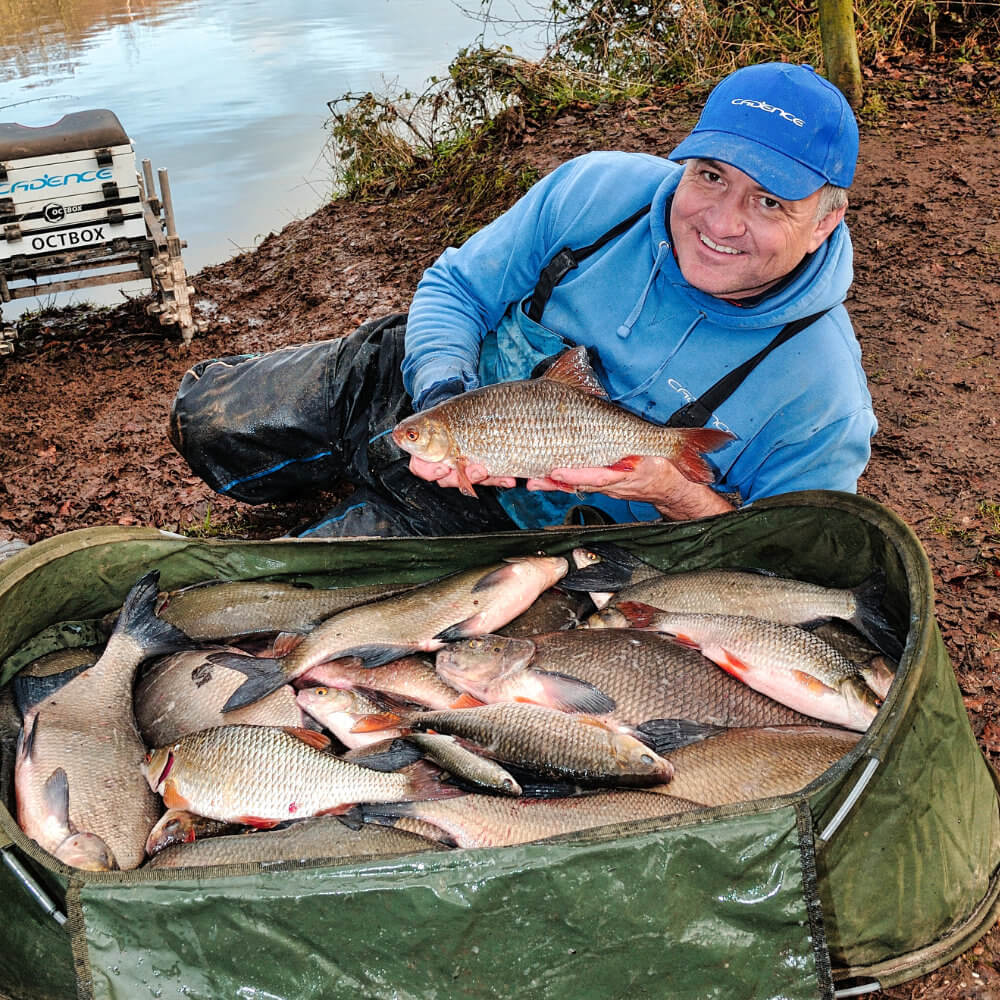
Top Tips for Unlocking Your Swim With The Waggle
Match the conditions – Which waggler is used is down to the wind. If it is blowing, a straight waggler will let me keep the bait still, but if there’s no wind, I’ll go for the sensitivity of an insert.
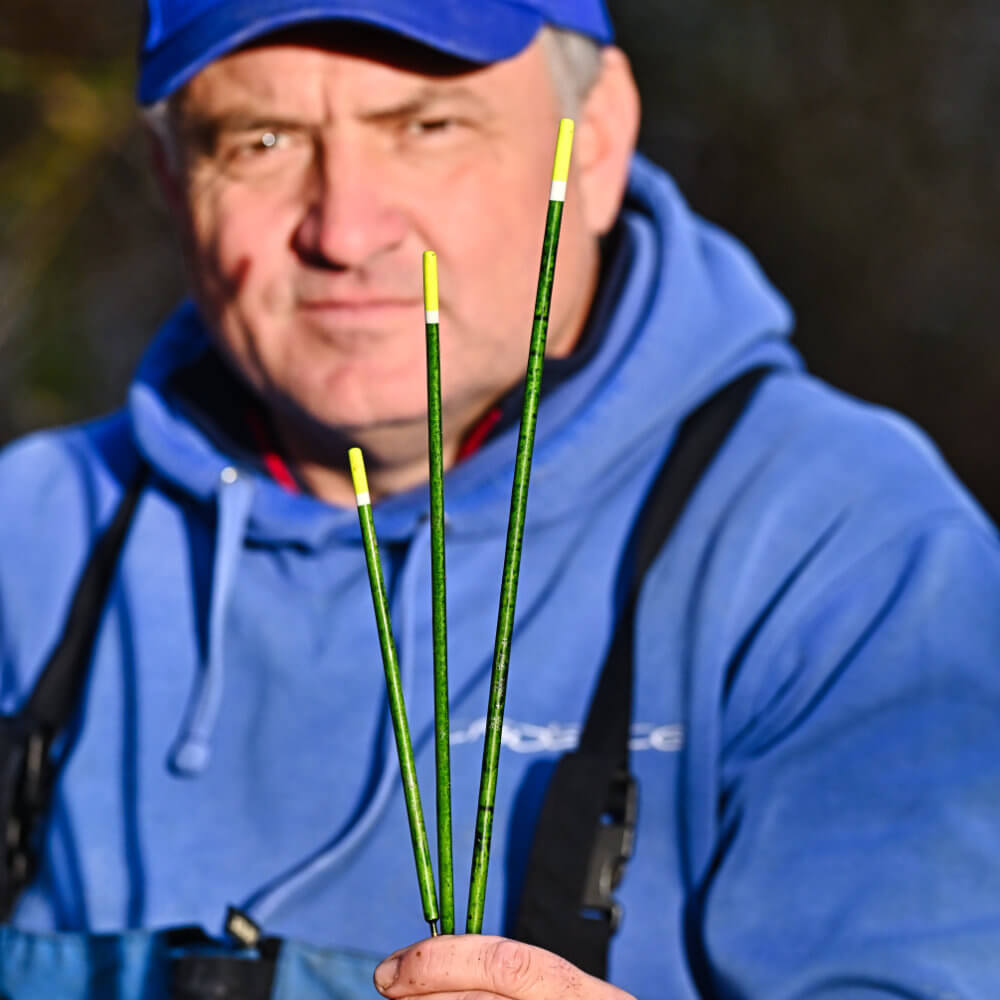
Make sure it’s loaded – My floats are semi-loaded, so they cast well and don’t need massive locking shot. A couple of No8 shot holds the waggler in place, with five or six more down the line.
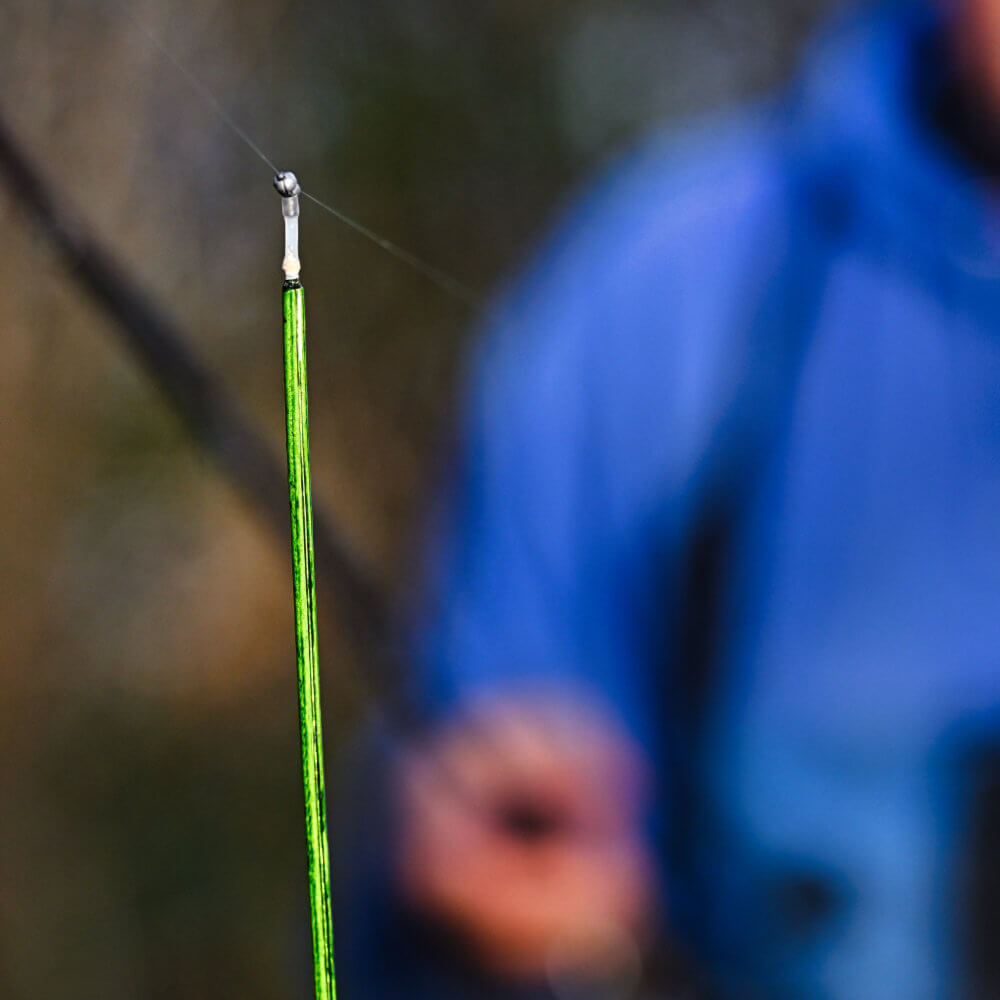
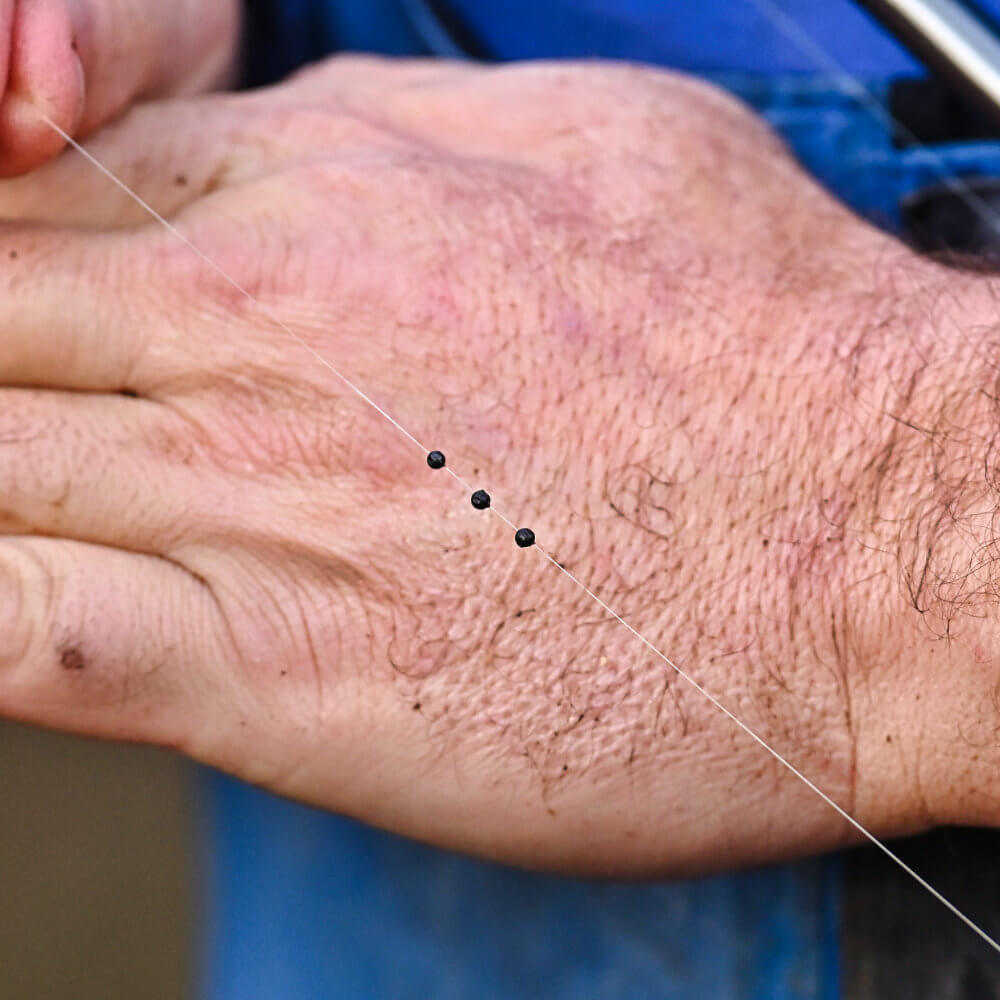
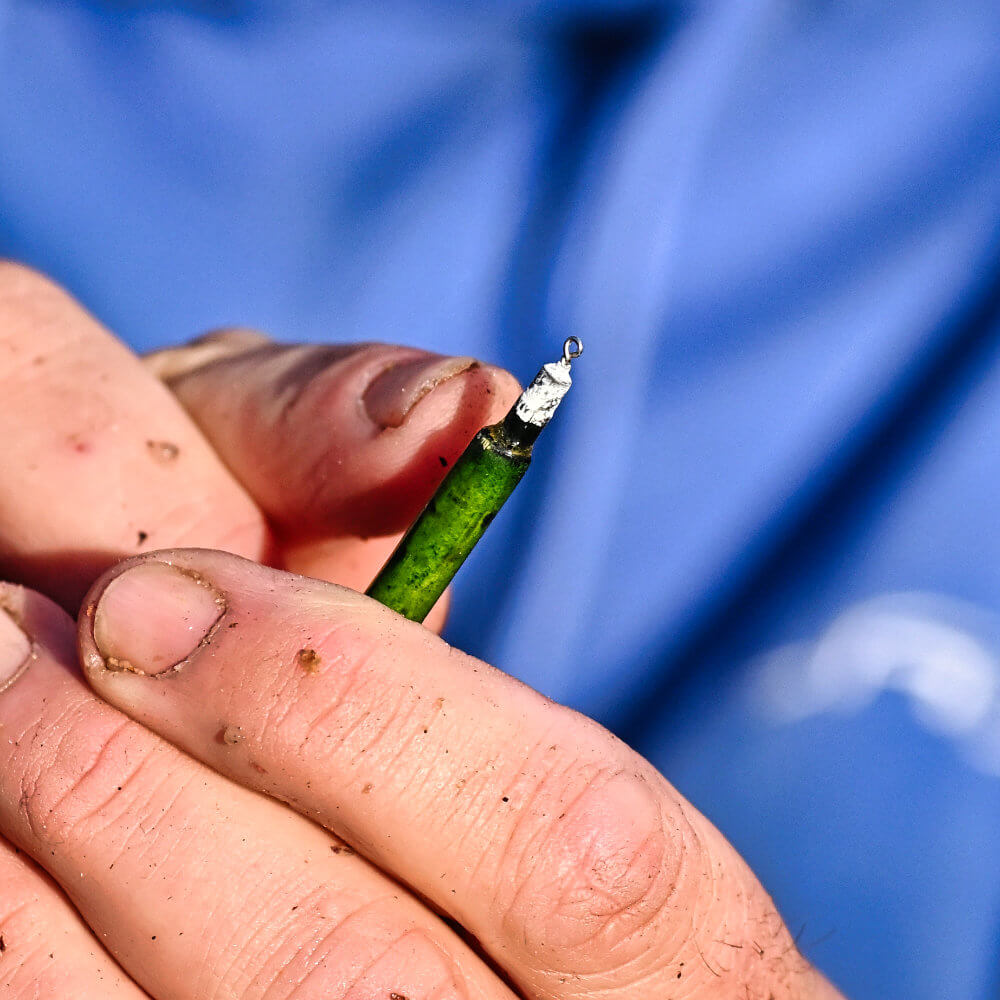
Pick a long rod – Any depth over 7ft is too much for a short rod. The CR10 13ft Match Rod gives me more reach and control of the float, plus it allows me to fish up to 12ft deep and cast easily.
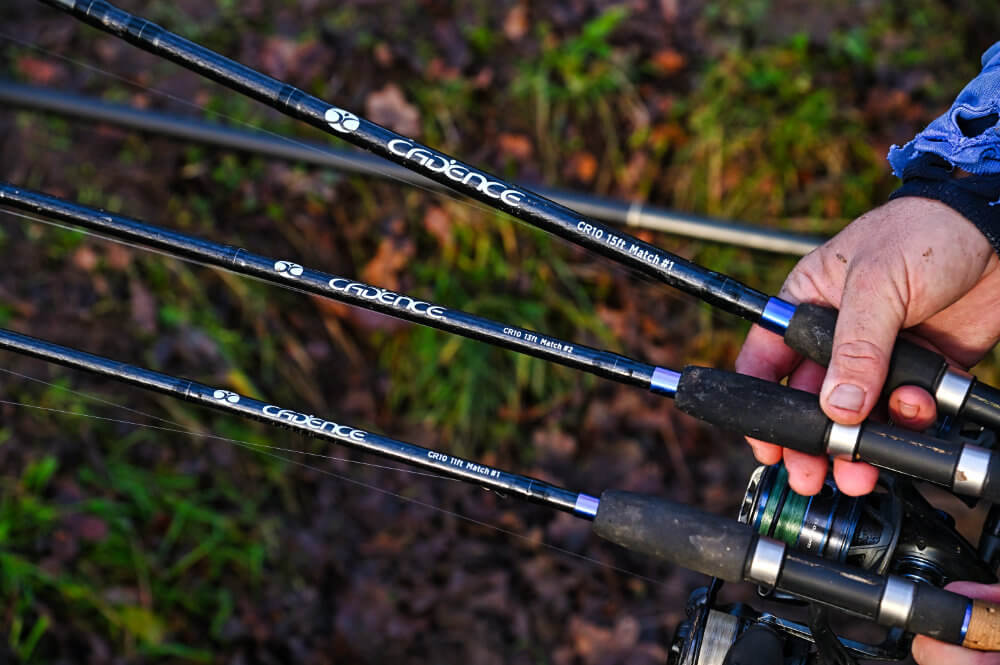
Create a base area – I use both groundbait and loose feed. The groundbait is an opener to create a bed to fish over. It holds casters and micros, with four balls going in at the start.
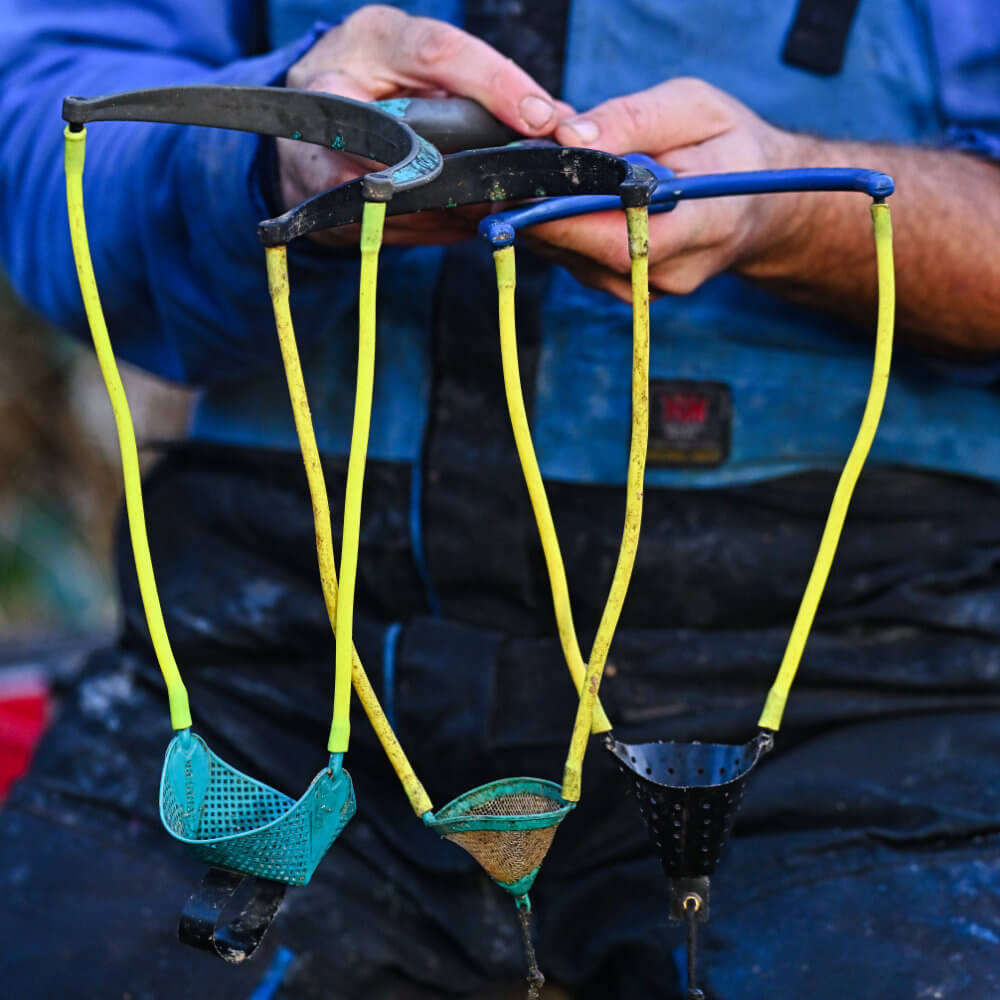
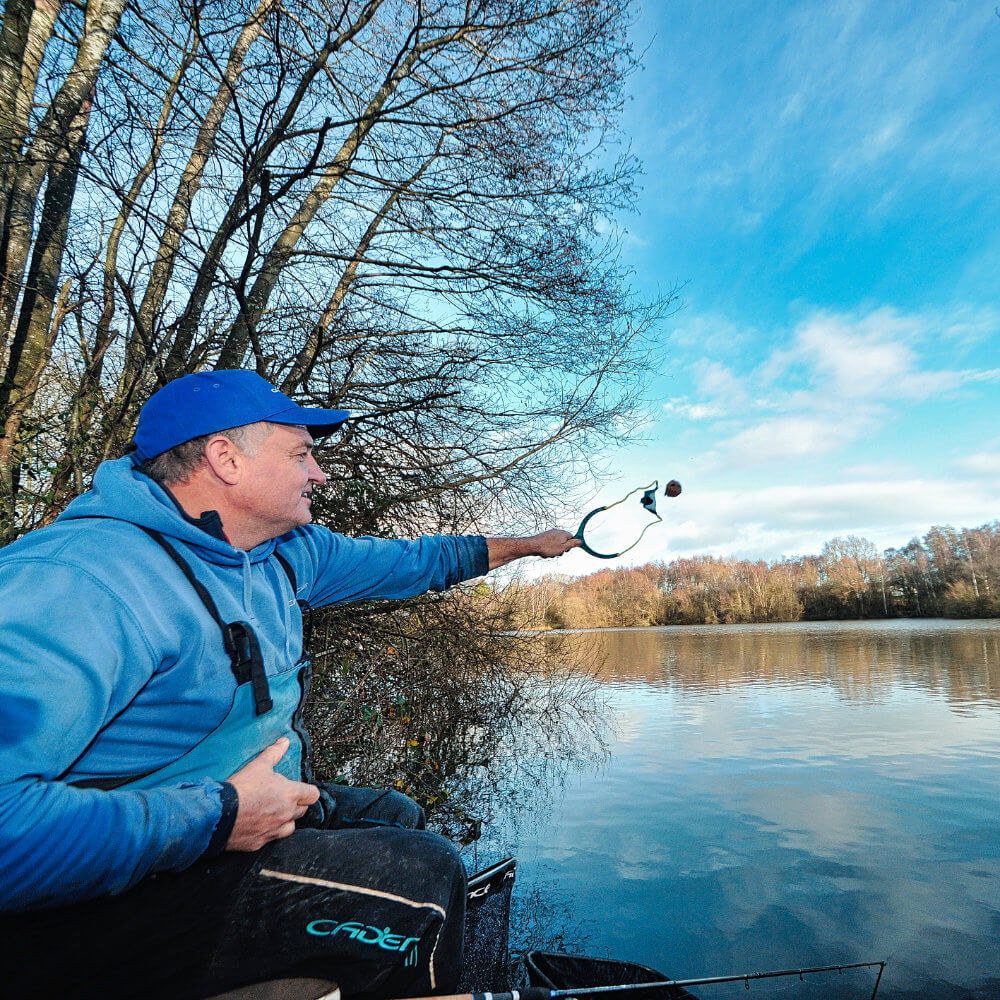
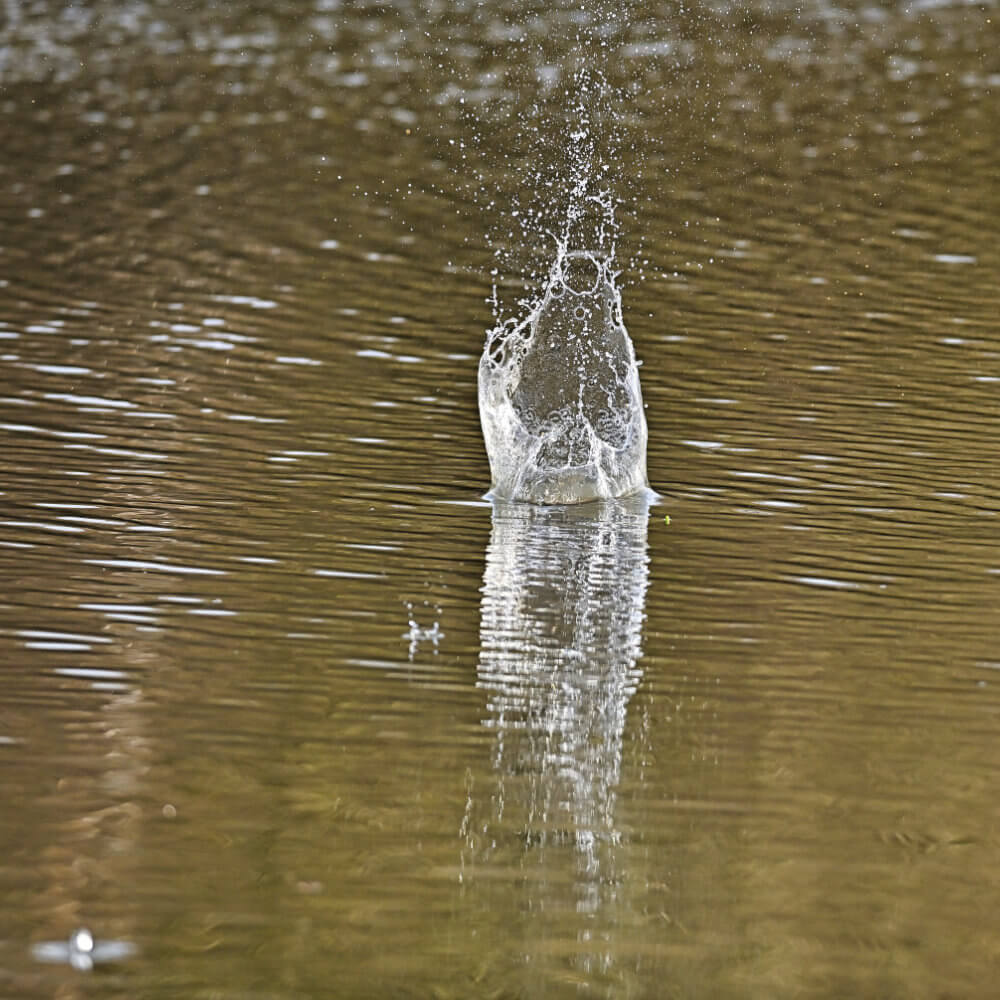
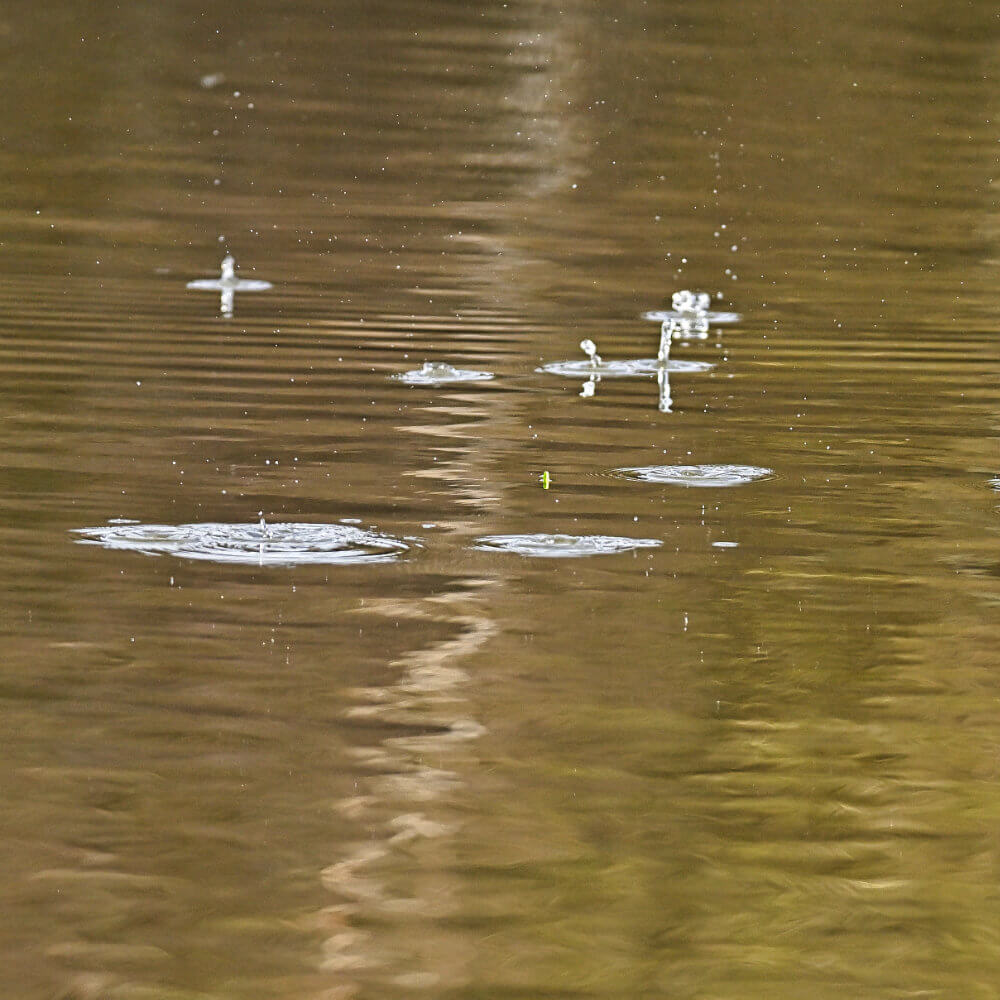
Use fluorocarbon – I’m a big fan of fluorocarbon for silverfish hooklengths, as it doesn’t spin up when using double or triple hook baits. It also helps when the fish are being finicky in clear water. I use Edge Tackle Fluorocarbon Pure.
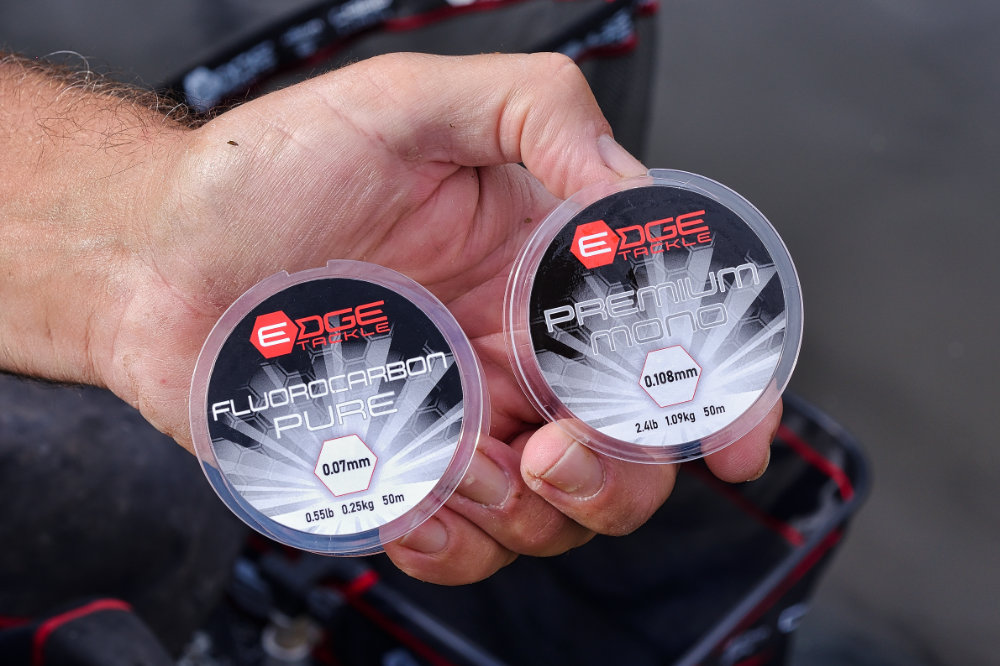
Have bait option – Anything from a single caster to double maggot can work, but three fluoro pinkies is my top hookbait. Pinkies seem like a negative bait, but they’ll sort out the better fish.

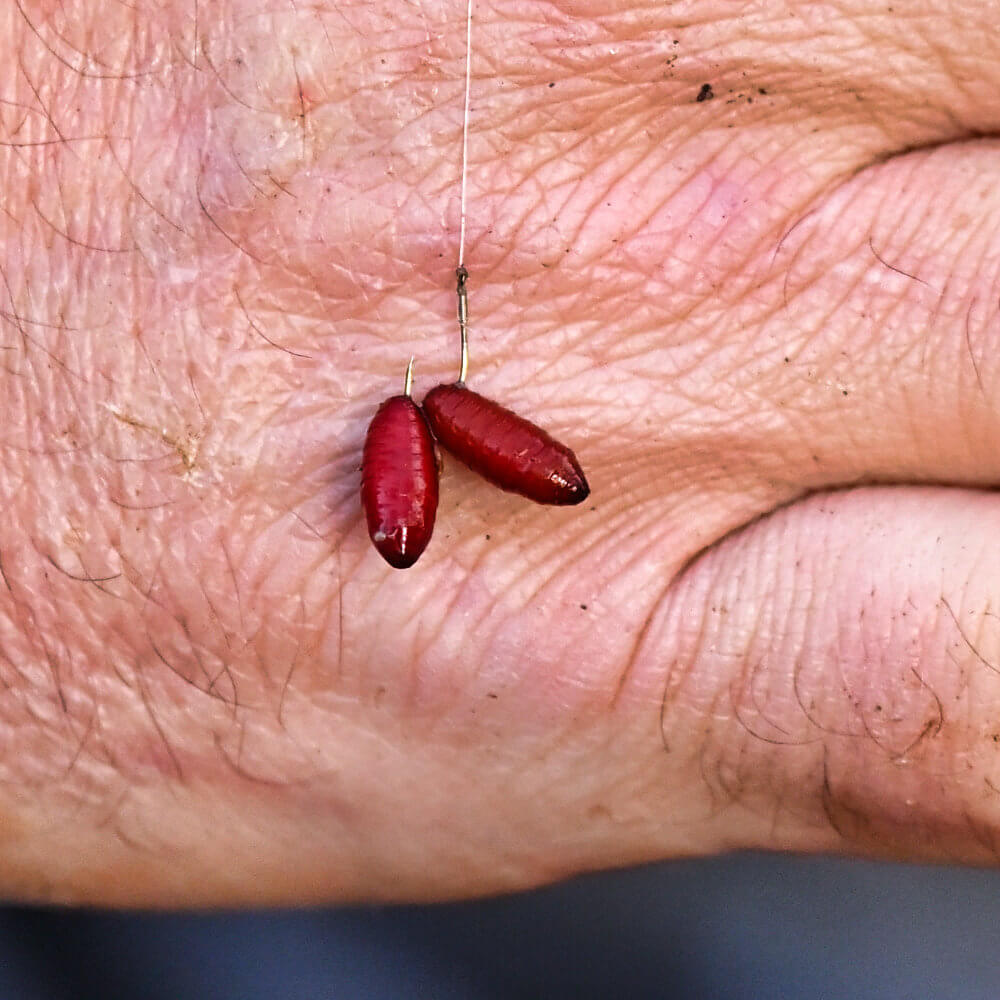
This article first appeared in the 3rd of January 2023 issue of Angling Times.

